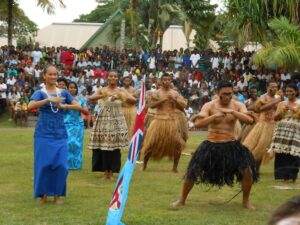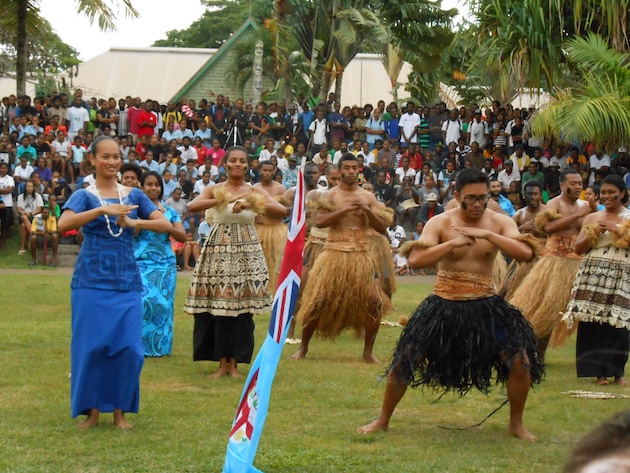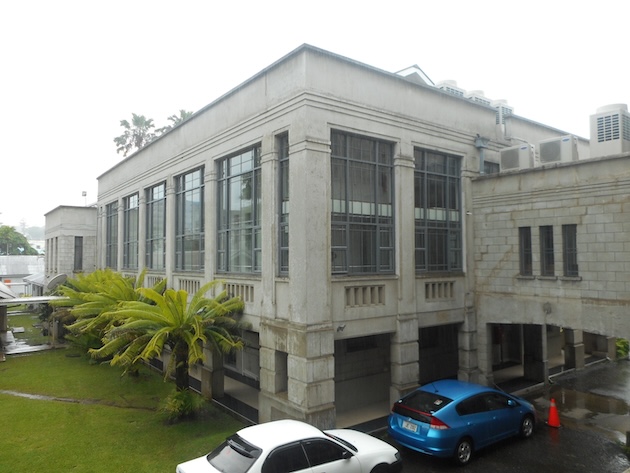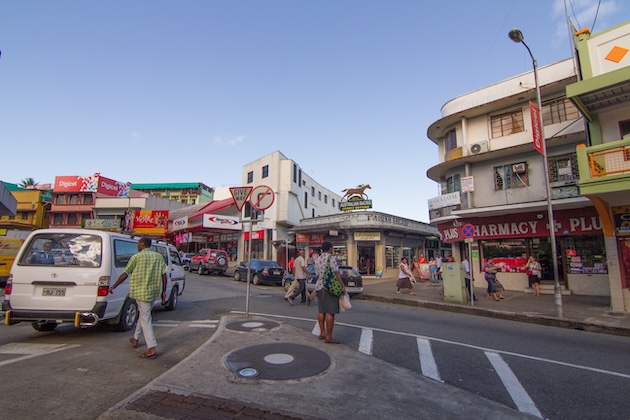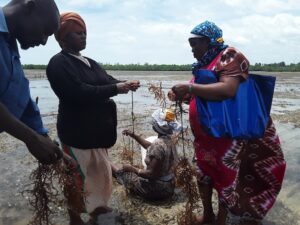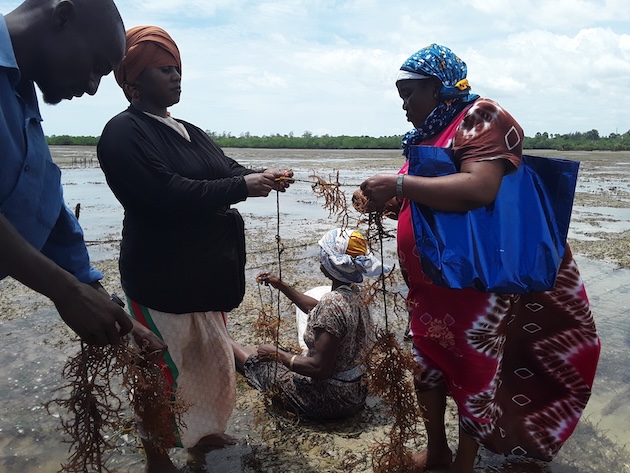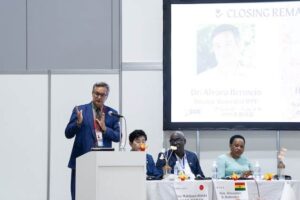
Africa, Asia-Pacific, Civil Society, Climate Change, Conferences, Development & Aid, Economy & Trade, Editors’ Choice, Featured, Gender, Headlines, Health, Humanitarian Emergencies, Middle East & North Africa, Population, Sustainable Development Goals, TerraViva United Nations, Women’s Health, Youth
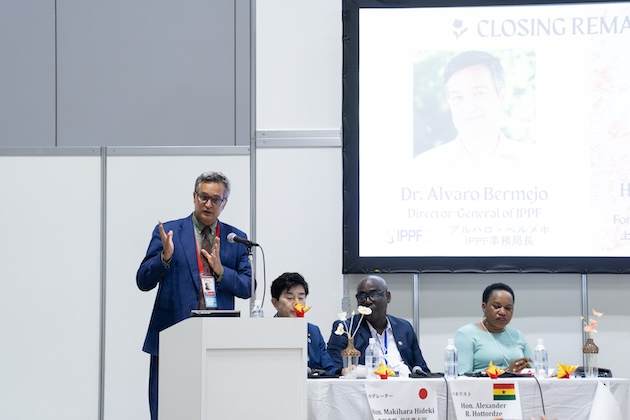
Dr. Alvaro Bermejo, Director General of the International Planned Parenthood Federation (IPPF) addresses the Let’s Discuss the Future of Africa Together seminar that took place last week (August 21) on the sidelines of TICAD9 in Yokohama City, Japan. Credit: APDA
– As funding for sexual and reproductive health rights was on a “cliff edge,” parliamentarians now needed to play a “visionary” leadership role because “financing strong, resilient health systems for all their people rests with governments,” said Dr. Alvaro Bermejo, Director General of the International Planned Parenthood Federation (IPPF).
He was speaking at the Let’s Discuss the Future of Africa Together seminar that took place last week (August 21) on the sidelines of TICAD9 in Yokohama City, Japan.
The session was organized by the Asian Population and Development Association (APDA), in collaboration with the Forum of Arab Parliamentarians for Population and Development (FAPPD) and the African Parliamentary Forum on Population and Development (FPA).
He told parliamentarians that their role is most critical.
“Africa’s health faces a serious challenge: According to WHO’s latest analysis, health aid is projected to decline by up to 40% this year compared to just two years ago. This is not a gradual shift—it is a cliff edge,” Bermejo said. “You know as well as I do that lifesaving medicines are sitting in warehouses, health workers are losing jobs, clinics are closing, and millions are missing care.”
While this reality was outrageous, it needed to be adapted to.
“And in this crisis lies an opportunity—an opportunity to shake off the yoke of aid dependency and embrace a new era of sovereignty, self-reliance, and solidarity,” with a clear mission to protect the health and lives of women and vulnerable populations through delivering high-quality sexual and reproductive health services.
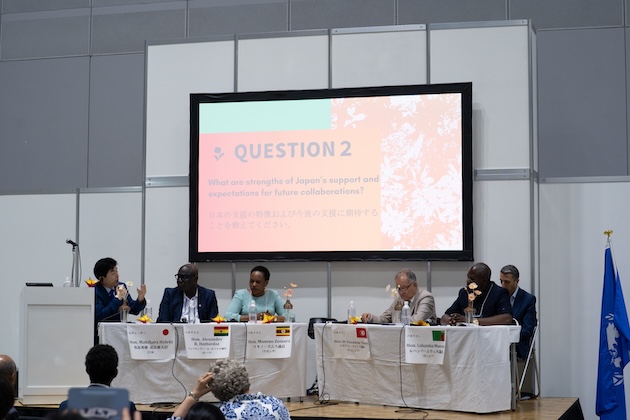
Parliamentarians engaged in debates during a policy dialogue seminar organized by the Asian Population and Development Association (APDA), in collaboration with the Forum of Arab Parliamentarians for Population and Development (FAPPD) and the African Parliamentary Forum on Population and Development (FPA). Credit: APDA
This seminar and another in the series, Policy Dialogue on the Africa-Japan Partnership for Population and Development, were both supported by the UN Population Fund (UNFPA) Arab States Regional Office (ASRO), the Japan Trust Fund (JTF) and IPPF.
During the discussions, a wide range of topics about population dynamics in Africa and Africa-Japan cooperation were discussed.
In his opening remarks, Ichiro Aisawa, a member of the House of Representatives of Japan, told the seminar it was necessary to take joint action across borders and generations.
“Youth holds the key to unlocking Africa’s future. By 2050, it is predicted that approximately 70 percent of Africa’s population will be under the age of 30. As African countries enter a demographic dividend period, the role played by parliamentarians in each country will be extremely important.
Aisawa said it was necessary to listen to the voices of the community in addressing issues related to youth empowerment, gender equality, and sexual and reproductive health (SRH).
Parliamentarians should take “concrete action through legislation and policies; it is essential to harnessing the potential of young people, directly linking them to social and economic growth, and creating a society in which no one is left behind.”
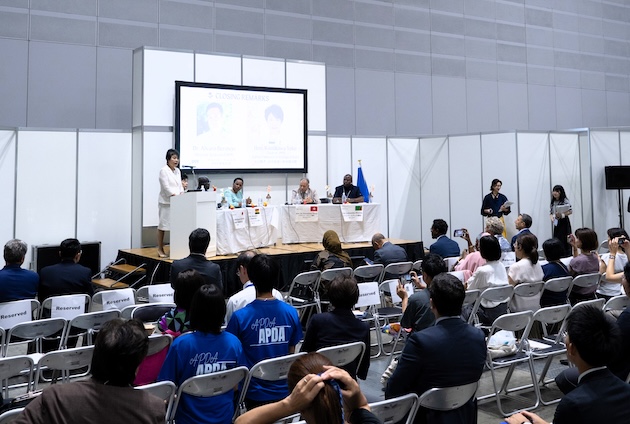
Yoko Kamikawa, Chairperson of Japan Parliamentarians for Population (JPFP), addresses a seminar for African and Asian parliamentarians on the sidelines of the TICAD9 in Yokohama City, Japan. Credit: APDA
During the discussions, representatives from Africa gave examples of how Japan had supported their health initiatives, especially important in a climate of decreasing aid.
Maneno Zumura, an MP from Uganda, said what compounded the issues in her country and in Africa was “the changes in climate. The unpredicted climate has affected agricultural activities by 40 percent, especially in drought-prone areas of the country.” This had resulted in nearly a quarter (24 percent) of children experiencing malnutrition.
However, she noted that Japan had made considerable contributions to education and health.
“As we assess Uganda’s development and Japan’s impact, it’s clear that sustainable progress thrives on global solidarity and local governance. Key achievements include a 62 percent rise in women’s incomes through cooperatives, a 50 percent drop in maternal mortality in refugee settlements, and supporting the road infrastructure and education, illustrating how policy-driven interventions can break cycles of poverty and inequality.”
There were several specific projects she alluded to, including education experts from Japan who contributed to an improvement of the quality of primary education in districts of Wakiso, Mbale, and Arua through the Quality Improvement in Primary Education Project (2021-2023). They also trained 1,500 teachers in participatory teaching methods.
“The Government of Japan supported the vulnerable communities like refugees and host communities by strengthening the social services like health in refugee camps like Rhino Camp,” Zumura continued, including construction of a health center with antenatal facilities serving over 300,000 people in camps of Bidibidi and Rhino Camp. They also trained 200 health workers in the management of childhood illnesses and maternal health care.
Mwene Luhamba, MP, Zambia, said his country was looking forward to partnering with Japan in expanding One-Stop Reproductive Health Services, enhancing parliamentary engagement, and investing in youth programs.
Bermejo said part of the solution to the development issues is to confront constraints.
“Some countries in Africa do need global solidarity, but what Africa needs from the world, more than anything else, is fair terms. We must also confront the structural constraints. Debt service burdens are crowding out social investments. Let us seize this moment, not just to repair but to transform,” he said. “Sexual and reproductive health services save lives. They empower individuals, promote dignity, and drive national development.”
In her closing remarks, Yoko Kamikawa, Chairperson of Japan Parliamentarians for Population (JPFP), said that it was through dialogue across borders and sectors that “we build consensus, strengthen legal frameworks, and ensure that national strategies reflect the voices of all people and empower them—especially women and youth.”
IPS UN Bureau Report

